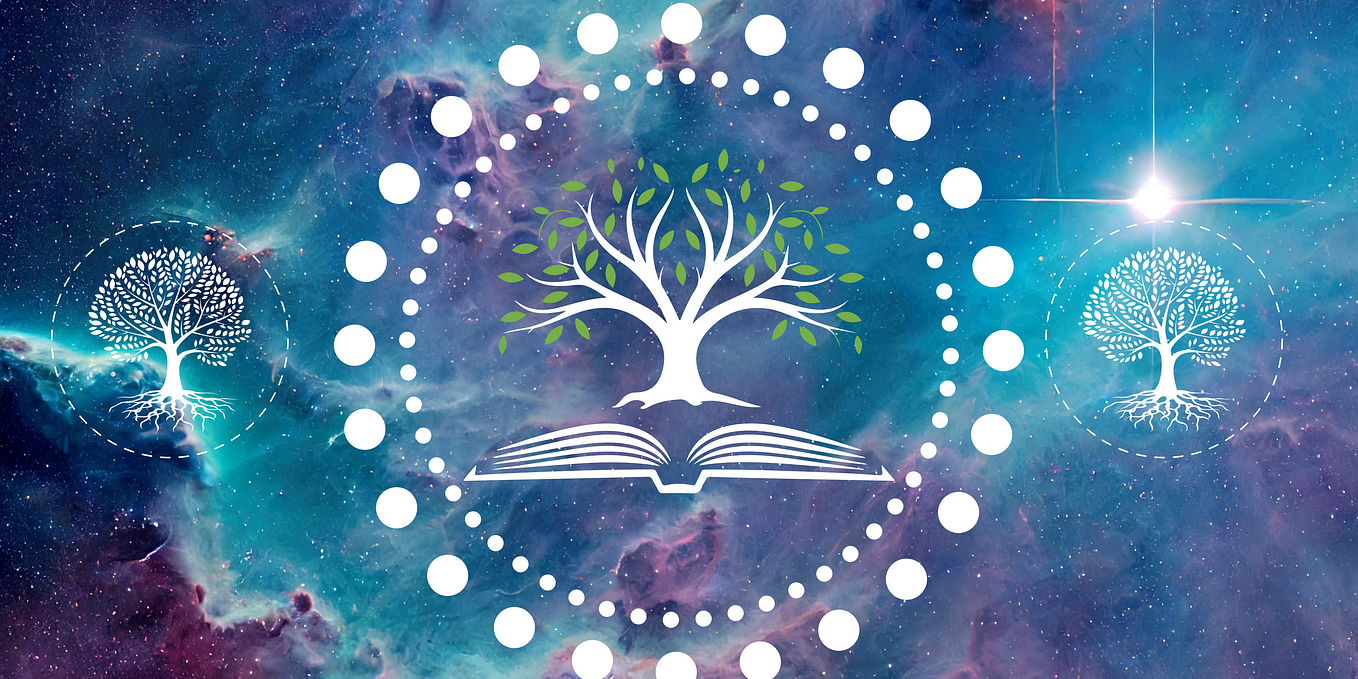American Ley Lines: Unveiling the Hidden Energy Grid
Ley lines, the alleged alignments of ancient and sacred sites, have captured the imagination of seekers, mystics, and scholars for decades. While often associated with European landscapes, the concept of ley lines has also found resonance in the United States. In this article, we embark on a journey to unravel the mysteries of American ley lines, examining their historical roots, cultural significance, and the intriguing landscapes that may be connected by these invisible energy pathways.
For a limited time, you can receive a free copy of ‘The Astrologer’s Guide: Mastering Birth Chart Interpretation’ by subscribing to our newsletter. Get your free book here: https://hermesastrology.substack.com/p/your-free-book.
The Origins of Ley Line Theory
The concept of ley lines traces its roots to the early 20th century, notably popularized by amateur archaeologist Alfred Watkins in his 1921 work, “The Old Straight Track.” Watkins proposed that ancient civilizations erected their sacred sites, such as stone circles, burial mounds, and hill forts, along straight lines that formed a geometric grid across the landscape. These alignments were believed to be purposeful and linked to the Earth’s natural energy.
Cultural Significance of Ley Lines
Ley lines hold cultural significance for various communities, often tied to spiritual, mystical, or esoteric beliefs. Some practitioners of Earth-based spiritual traditions view ley lines as conduits of natural energy, connecting sacred sites and facilitating spiritual experiences. Others, influenced by the New Age movement, see ley lines as pathways for Earth energy that can be harnessed for healing, meditation, and divination.
American Ley Lines: Mapping the Grid
While ley lines are commonly associated with ancient sites in Europe, enthusiasts and researchers have identified potential ley lines crisscrossing the American landscape. These proposed alignments often connect natural landmarks, archaeological sites, and historically significant places. Theories suggest that Native American ceremonial sites, mounds, and prehistoric earthworks may align with ley lines, creating a complex network of energy pathways.
Examples of American Ley Lines:
The Bermuda Triangle Ley Line: Some theories propose ley lines connecting points within the Bermuda Triangle, a region infamous for mysterious disappearances. Advocates of this theory suggest that the concentration of anomalies in this area may be influenced by the intersecting ley lines.
The Appalachian Ley Line: Enthusiasts have identified ley lines traversing the Appalachian Mountains, connecting points such as Mount Katahdin in Maine, the Great Smoky Mountains, and even extending to the Serpent Mound in Ohio. This alignment has sparked speculation about the region’s spiritual significance.
The Mississippi River Ley Line: Another proposed ley line follows the course of the Mississippi River, connecting various sacred sites and ancient mounds along its path. This alignment highlights the cultural and historical importance of the river to indigenous peoples.
The Pacific Northwest Ley Line: In the Pacific Northwest, ley line enthusiasts have proposed alignments connecting significant geological and archaeological features. This ley line might stretch from the majestic Mount Shasta in California, known for its spiritual significance, through the ancient forests of Oregon, and onward to the mystical Olympic Peninsula in Washington. Points of interest along this alignment include Crater Lake and Mount Hood, contributing to the region’s reputation as a hub of natural and spiritual energy.
The Great Lakes Ley Line: Some ley line theories suggest that a network of alignments exists around the Great Lakes region. This ley line could connect sacred sites, burial mounds, and historic places surrounding the Great Lakes, including the ancient Serpent Mound in Ohio, the effigy mounds of Wisconsin, and the renowned Cahokia Mounds in Illinois. Proponents of this theory propose that the Great Lakes ley line holds significance in the spiritual history of the indigenous peoples of North America.
The Southwest Desert Ley Line: The vast and arid landscapes of the American Southwest have also been suggested as hosting ley lines. This alignment might connect sacred sites such as Chaco Canyon in New Mexico, Sedona’s energy vortexes in Arizona, and the ancient cliff dwellings of Mesa Verde in Colorado. Advocates of this ley line theory emphasize the spiritual significance of the Southwest and its connection to the traditions of Native American cultures.
The Mississippi Valley Ley Line: Building upon the cultural and historical importance of the Mississippi River, another proposed ley line traverses the Mississippi Valley, connecting sites along the river’s course. This alignment might include landmarks such as Cahokia Mounds in Illinois, Poverty Point in Louisiana, and the ancient mounds of Moundville in Alabama. The Mississippi Valley ley line underscores the spiritual and ceremonial significance of the river within indigenous cultures.
The Eastern Seaboard Ley Line: Along the eastern coast of the United States, ley lines have been theorized to connect sacred and historical sites. This alignment might include places such as the mystical Mount Monadnock in New Hampshire, the ancient burial mounds of Etowah in Georgia, and the spiritual landscapes of the Outer Banks in North Carolina. The Eastern Seaboard ley line reflects the diverse tapestry of natural and cultural features along the Atlantic coast.
Skepticism and Scientific Perspectives
While ley lines resonate with many on a spiritual or symbolic level, skeptics argue that these alignments are coincidental or the result of selective data interpretation. Scientifically, there is little empirical evidence supporting the existence of ley lines as energy pathways. Critics often attribute ley line theories to a form of pseudoarchaeology, emphasizing the need for rigorous research and empirical testing.
Cultural Impact and Tourism
Despite the skepticism, ley lines have influenced popular culture, inspiring books, documentaries, and even spiritual tourism. People intrigued by the idea of hidden energy grids traverse landscapes in search of ley line connections, contributing to the allure and mystery surrounding these invisible pathways.
Conclusion
American ley lines stand as a testament to humanity’s enduring fascination with the mystical and the unseen. Whether viewed as energetic conduits, symbolic alignments, or simply a product of human imagination, the exploration of ley lines continues to spark curiosity and inspire a sense of wonder. As we navigate the landscapes of ancient sites and natural wonders, the quest to unveil the secrets of American ley lines remains a captivating journey into the intersection of spirituality, folklore, and the mysteries embedded in the fabric of the Earth.






